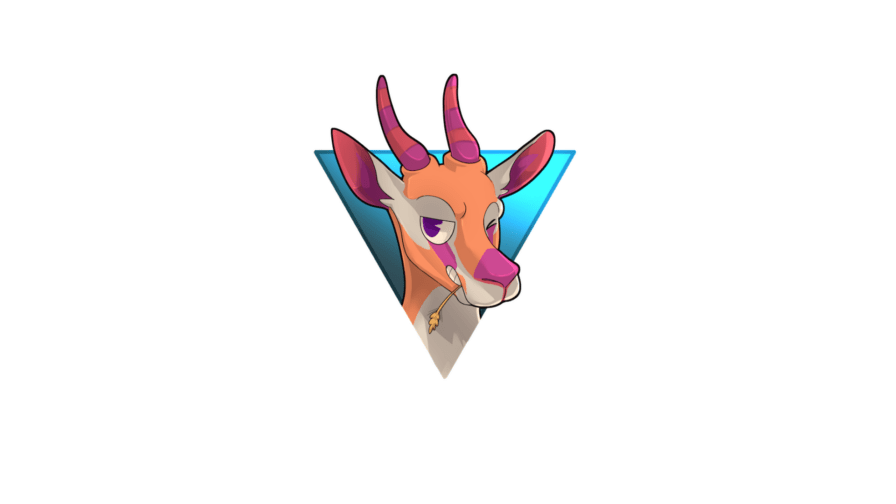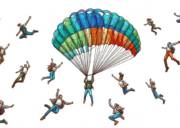
What is Gazelle?
Gazelle aims to be the easiest and most accessible way to create backends in Dart. It is positioned as a simple and flexible framework with a very low learning curve to facilitate entry for less experienced developers. At the same time, thanks to its plug-in architecture, Gazelle offers developers and more experienced teams great possibilities for customizing their backend.
Instruction Manual
To install Gazelle in your Dart project, add it as a dependency in your pubspec.yaml file with the following command:
shCopy code<code>dart pub add gazelle_core
</code>Code language: HTML, XML (xml)Usage
Once Gazelle is installed, you can create a simple HTTP server with just a few lines of code. Here’s an example:
dartCopy code<code>import 'package:gazelle_core/gazelle_core.dart';
void main() async {
final app = GazelleApp(
routes: [
GazelleRoute(
name: "hello_gazelle",
get: (context, request, response) => GazelleResponse(
statusCode: GazelleHttpStatusCode.success.ok_200,
body: "Hello, Gazelle!",
),
),
],
);
await app.start();
print("Gazelle listening at ${app.serverAddress}");
}
</code>Code language: JavaScript (javascript)In this example, we create a new instance of a GazelleApp, define a route for the path /hello_gazelle, and specify a request handler that returns a simple “Hello, Gazelle!” response. Finally, we start the server using the start() method.
The Development Experience with Gazelle
Gazelle aims to be extremely easy to use and extensible, enabling Flutter developers to build their backend with Dart, making them full stack developers. Several features contribute to this mission:
- An intuitive CLI tool to scaffold and manage every Gazelle project.
- Built-in serialization.
- Plugin system.
- Flutter client generation (coming soon).
Gazelle: Vision
Gazelle’s vision is driven by the goal of unlocking the imagination of developers by offering them immense building power with utmost simplicity. The framework aims to provide an all-in-one space with an ecosystem of plugins, similar to Notion’s vision of a single shared workspace. Instead of Notion templates, there will be dozens of plugins built by the community and the Gazelle team. Need a database? Get a ready-to-use plugin. Need a storage or authentication service? Find or create the plugins best suited for your needs and include them in your project.
A chat with the team behind Gazelle
Which Challenges Did You Want to Overcome with Gazelle?
Gazelle aims to help Flutter developers create backend solutions written in Dart for their applications, enabling them to be full stack developers.
What’s Gazelle Best For?
Gazelle is best for writing maintainable full stack Flutter applications, thanks to a streamlined developer experience and a CLI that guides developers to follow best practices in backend development.
Describe the Team Behind Gazelle
Gazelle’s team consists of five founders with distinct skills and areas of expertise. Filippo Menchini and Elia Tuccori handle the ideation and development of the product and the marketing/business aspects, respectively. The other three founders—Manuel Vellutini, Marco Pierallini, and Nicola Pierallini—are experienced entrepreneurs in the software world with a significant exit behind them. They continuously support Elia and Filippo in strategic development, financial management, and customer research. As an open-source project, the developer community and the creative input of contributors play a crucial role in the continuous improvement of the framework.



